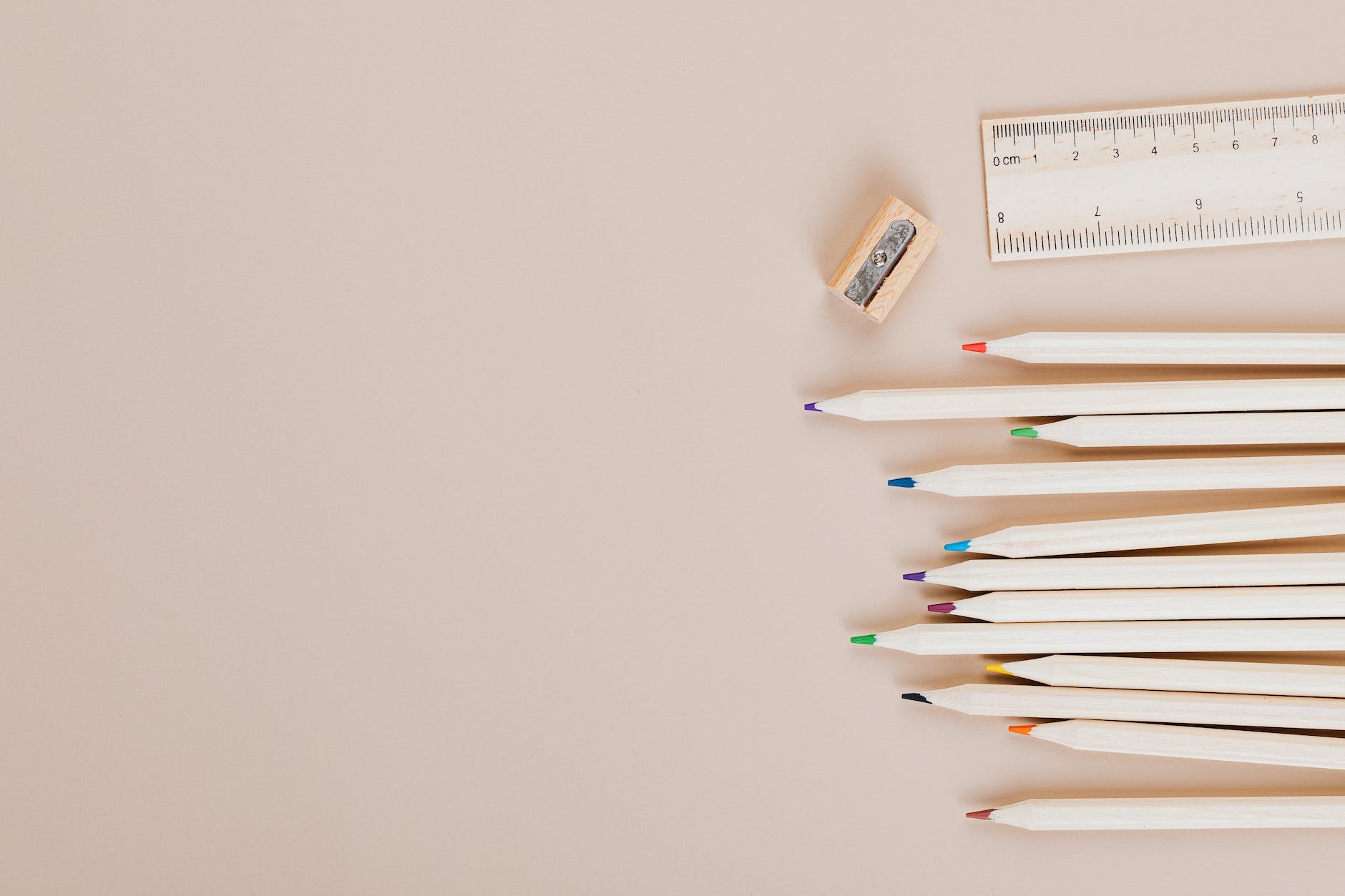Effective classroom organisation is not just about fitting more materials into a confined space; it’s about creating an environment where both teachers and students can thrive. A key aspect often overlooked in this process is the concept of “breathing room.” This term refers to the intentional allocation of space within classroom storage and organisation systems to allow for reduced clutter, simplified maintenance, and optimal learning experiences. In this blog post, we delve deeper into why ample breathing room is essential for the success and sustainability of classroom organisation.
The Power of Visual and Physical Clutter Reduction
A cluttered classroom can overwhelm both teachers and students, hindering productivity and focus. Leaving breathing room within your storage systems helps create an open, inviting atmosphere. The absence of visual and physical clutter allows for a more relaxed environment, contributing to better concentration and a more positive learning experience.
Simplifying the Storage Process
Imagine a classroom where every item has a designated place. When you leave ample breathing room, you give each item its own “space to breathe.” This organisation method simplifies the process of putting things away. Students know where each item belongs, making cleanup routines faster and more efficient. Additionally, the act of placing items in their designated spots becomes a valuable lesson in responsibility and orderliness.
Clear Identification of Item Locations
Breathing room in your organisation strategy allows for clear visibility of each item’s location. When items are not crammed together, it’s easier to identify where things belong. This clarity benefits both teachers and students, reducing the time spent searching for misplaced items and ensuring that resources are readily available when needed.
Enhancing Accessibility and Findability
Adequate spacing within storage systems improves accessibility and findability. Whether it’s textbooks, art supplies, or science equipment, having breathing room means items are not stacked or hidden behind other items. This accessibility streamlines the teaching process, allowing teachers to quickly locate and retrieve necessary materials, ultimately contributing to a smoother flow of lessons.
Encouraging Letting Go of Unnecessary Items
Classrooms often accumulate unnecessary items over time, which can contribute to clutter and disorganisation. When there’s breathing room in your organisation approach, it becomes evident when items are no longer needed. Teachers and students are more likely to evaluate and let go of items that no longer serve a purpose, leading to a more efficient use of classroom resources.
Aiding in Organisation and Clean-Up
Breathing room transforms organisation and clean-up into straightforward tasks. When everything has its designated space, tidying up the classroom becomes a collaborative effort. Students learn the importance of order and teamwork as they help maintain the classroom’s organisation.
In the quest for effective classroom organisation, the concept of breathing room emerges as a powerful ally. It’s not just about squeezing more items into limited spaces; it’s about creating an environment that fosters learning, creativity, and productivity. By leaving ample breathing room within your classroom storage and organisation systems, you embark on a journey toward reduced clutter, simplified routines, and enhanced teaching experiences. So, if you’re ready to transform your classroom into a well-organised haven, remember to embrace the beauty of “breathing room.”
Ready to embark on your classroom decluttering journey? Take the first step by implementing these ideas and watch as your classroom organisation becomes a hallmark of success and efficiency. For even more guidance, be sure to grab your FREE Classroom Declutter Guide below:

This Classroom Decluttering Guide has been created to help kickstart your classroom organisation. The checklist will guide you through various areas, helping you systematically declutter and make decisions about the items you have in your space. By removing unnecessary materials, you’ll create a more focused and calming environment that promotes student engagement and productivity.




